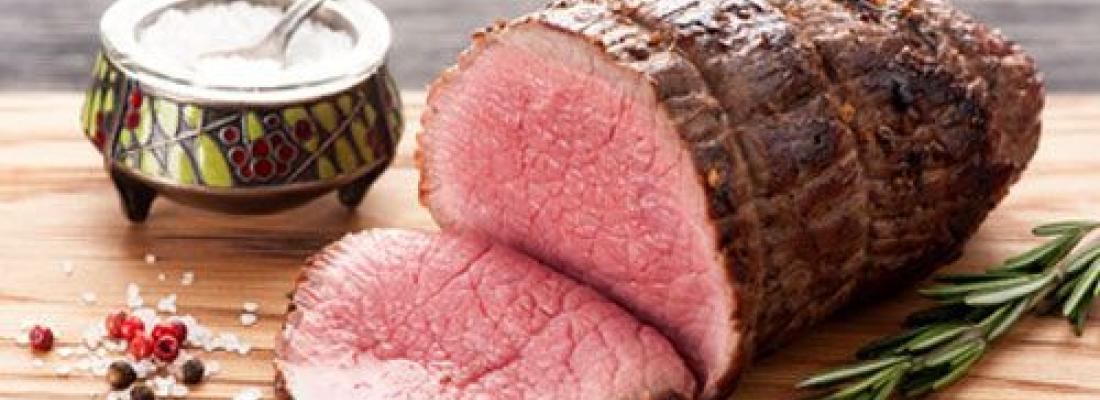Food, Global Health Reading time 2 min
Fatty acid composition and oxidation in beef muscles as affected by ageing times and cooking methods
Published on 19 May 2021

This study aimed to determine how ageing and cooking, each one applied to the beef meat most suitable (panfried or grilled ribeye steak, braised chuck and fried or roasted rump steak), induce changes in lipid content, fatty acid (FA) composition and lipid oxidation of muscles from 16 cattle representative of animals raised for French meat production.
The fattiest muscle (ribeye) was the richest in saturated and monounsaturated FA leading to poor nutritional indexes. In contrast, the leanest muscle (rump) had the highest proportion of polyunsaturated FA and the highest levels of peroxidation without exceeding critical limits. The impact of cooking methods seemed mainly linked to the moisture loss increasing meat fat content and the culinary fat addition whose FA composition marked the meat. Cooking methods induced oxidation phenomena that could exceed the limit thresholds.
In conclusion, short cooking time of rump steak was the best combination to meet nutritional expectations.
Gruffat, D.; Bauchart, D.; Thomas, A.; Parafita, E.; Durand, D., 2021. Fatty acid composition and oxidation in beef muscles as affected by ageing times and cooking methods. Food Chemistry, 343: 10. http://dx.doi.org/10.1016/j.foodchem.2020.128476
